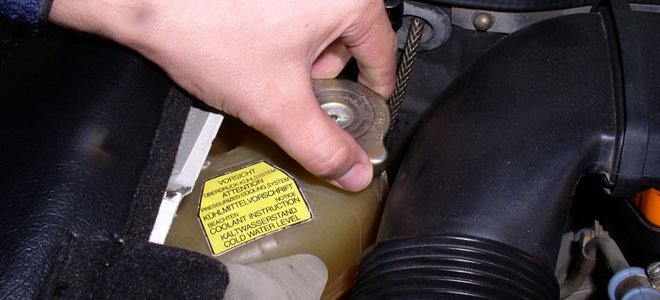The radiator cap seems like a very simple device that has no other use than being a stopper for a hole. The radiator cap is actually much more important than that, whether it is used on a car or on a water heater in the home. A radiator cap is used to keep water or coolant inside of the radiator but it is also in place to relieve pressure if the temperature of the coolant is too high.
When the pressure inside the radiator is too high it can become a very dangerous situation. The radiator cap, which is spring loaded, will rise to release the excess pressure. If the radiator cap begins to fail the car can overheat frequently. The following article will explain how to troubleshoot the most common issues associated with a failing radiator cap.
1. Worn or Damaged Seals
A radiator cap is typically fitted with a seal on the underside of the cap. The seal is often made out of rubber which can stand up to the heat generated by the radiator. The seal works as a sort of stopper that prevents water or coolant from overflowing out of the radiator. If the coolant or water is being heated to a boil and flowing out of the radiator then chances are the seals on the radiator cap are damaged.
You can replace the seal by removing the radiator cap (after it has cooled down) and pulling the rubber ring off of it. Purchase a new seal of the same size at the auto parts store and slide it in place. You can also purchase a new radiator cap.
2. Stuck or Jammed Plunger
As the water or coolant boils it becomes compartmentalized within the radiator. This helps to prevent the radiator from overflowing or having the radiator cap explode off of the radiator. Once the coolant or water reaches the radiator cap it rises from the radiator, which allows the coolant to flow to another chamber. If this is not happening then chances are that the spring on the cap may be stuck or jammed. This is not difficult to fix and usually means the radiator cap requires a good cleaning and the spring may need to be replaced. This is typically diagnosed by coolant or water boiling during normal operation of the vehicle.
3. Rust and Corrosion
Since the radiator is either filled with water or a chemical coolant the radiator cap will become rusty over time. It can also corrode over time due to other chemicals. When the radiator cap becomes rusted a lot of things can go wrong. The coolant or water can boil over, the plunger can stick due to a bad spring, or it will no longer create a tight fit. This is easily spotted by removing the radiator cap and inspecting the underside of it. Look for rust as well as any discoloring. Removing the rust with steel wool and solvent can help in removing corrosion. If the radiator cap is too rusted then replace it for a quick and inexpensive fix.










